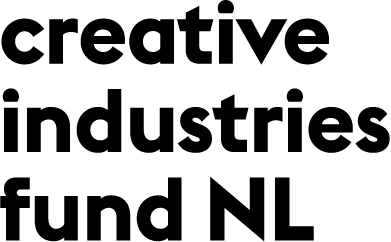WELCOME TO ‘FEAR CITY’
In 1975, New York City is near bankruptcy. Drastic cuts to municipal spending including welfare, public services and city employment are made, creating an environment of abject precarity and paranoia. Communities within the city are in various states of decay. After peaking in 1964-65, due to the World’s Fair, tourism is rapidly decreasing and stagnating. Times Square’s once fantastic cinemas and theatres are being ripped down for office buildings or left to fall into disrepair, screening cheesy second-rate films and pornography1. Austerity is enforced, and in airports out-of-work policemen greet tourists with sensationalist skull-emblazoned ‘Fear City’ pamphlets, proclaiming “Until things change, stay away from New York City if you possibly can.”2 A dystopian reality shrouds the city.
FIRST, WE TAKE MANHATTAN
Fast forward to the following year, when ambitious 28-year-old businessman Donald Trump closes his first major deal. With social housing construction stopped, due to lack of public funding, Trump’s attention shifts to the devaluated inner city real estate market. He aims to buy and rebuild an old 2,000-room hotel on 42nd Street, right next to Grand Central Terminal, property of the nearly bankrupted Penn Central. Construction of the Hyatt Hotel3 begins three years later, a mere ten minutes from Times Square.
ALL YOU NEED IS ♥
In an incredible turnaround, by the late 70’s, the city is booming. Real estate, deluxe hotels, restaurants, Broadway and nightlife begin to thrive. The miraculous recovery of the city, although true, takes place much more in newspapers pages, in TV and on movie screens than in the streets. Austerity gives place to ostentation, unemployment turns into opportunity, and chaos becomes frenzy. Key to this change in public perception, is the radical shift in mainstream media and entertainment’s representation of the city; a phenomena best seen through director Martin Scorsese’s films Taxi Driver, filmed in 1976, and the rather more hopeful New York, New York in 1977.
Pivotal to this shift, was Milton Glazer’s design ‘I Love New York (I ♥ NY)’, commissioned by the New York State Department of Commerce in 1977. Simultaneously a logo, slogan and brand, in one year the campaign boosted the number of visitors to NYC by 56,7%. The city’s elite, with the aid of advertising agency Wells Rich Greene who worked with Glaser on the campaign, had devised a powerful communication strategy whose central idea was to propagate a view of the city as seen through a tourist’s gaze.
“All the animals come out at night – whores, skunk pussies, buggers, queens, fairies, dopers, junkies, sick, venal. Someday a real rain will come and wash all this scum off the streets.” – Travis Bickle. Played by Robert De Niro in Martin Scorsese’s Taxi Driver (1976). ←

Kevin Baker on New York City in the 1970’s. Welcome to Fear City: Inside the Story of New Yorks Civil War 40 Years On. The Guardian. Image Source: islandersa1 ←

New York Governor Hugh Carey points to an artists’ conception of the new New York Hyatt Hotel/Convention facility that will be build on the site of the former Commordore Hotel, June 28, 1978. From left–right: Donald Trump, New York City Mayor Ed Koch, Gov. Carey, and Robert T. Dormer, executive vice president of the Urban Development Corp. Image Source: AP Photo/Politico Magazine
←












